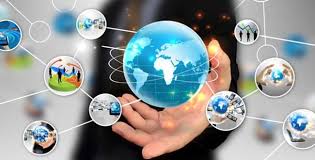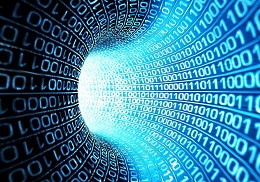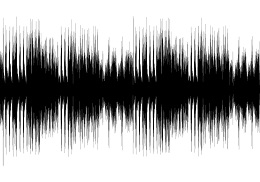
The continuous technologic improvements and the incorporation of many kinds of sensors to the devices we use every day, have plunged us into the ‘Big Data’ era. The great capacity for data storage and the higher transmission speeds have been determinant elements for the ‘Big Data’ to become now a technologic tendency that is present in every field. In this post we will speak about the importance of analysing all this amount of information and provide it with sense in order to solve problems and get ourselves into the ‘Smart Data’ era.
16 november 2016
From ‘Big Data’ to ‘Smart Data’ is the developmental sequence that results from making of the vast amount of data and information that comes from sensors, cameras or scanners (Big Data) an analysis and provide them with sense through mathematical formulas or algorithms with the objective of solving a problem (Smart Data). One of the clearest examples lays maybe on the creation of ‘smart cities’.
The smart cities are efficient and sustainable urban areas, in which economic and social development are supported mainly by the use and modernisation of new technologies. The Big data allows, through the implementation of sensors all around the city, to obtain information and data of every kind of issues, such as the traffic in the city. The step to transform this city into ‘smart’ will be, in this case, supported by the capacity of predicting traffic jams using the data history and its analysis in order to offer alternative routes. Ultimately, this smart city will be capable of changing citizens’ conduct.
The smart cities are efficient and sustainable urban areas, in which economic and social development are supported mainly by the use and modernisation of new technologies
Key elements for smart cities:
- Big Data: As it has been explained, Big Data is the term that alludes to the massive data complied by devices, stored and transferred at great speed.
- Internet of Everything: The digital interconnection of people, objects and every kind of things through the monitoring of any variable.
The use of data with predictive capacities (Smart Data) will have in the immediate future applications in basic areas such as the sanitary area, where for instance the data of a patient could be complied and analysed in an accessible place in order to improve diagnosis and predict deseases.
Data, the future of the employment
A study by the ‘Employment in the Digital Era Observatory’ revelled that the most demanded professions will be related to the digital environment and, as a matter of fact, the forecasts indicate that an 80% of the young people will find an employment in this sector. Here is the ranking of the professions that will be the most demanded in the smart era.
- Smart Factory Engineer
- Chief Digital Officer
- Expert in Digital Innovation
- Data Scientist
- Expert in Big Data
- Architect specialised in Smart Cities
- Expert in Usability
- Director of digital contents
- Expert and manager of digital risks
- Director of digital marketing
The professional sector formed by telecommunication engineers is among the ones that have successfully evolved towards this new technologic tendencies, taking advantage of the opportunities they offer. This is why telecommunication engineering is still the most demanded training to fill this kind of posts.











